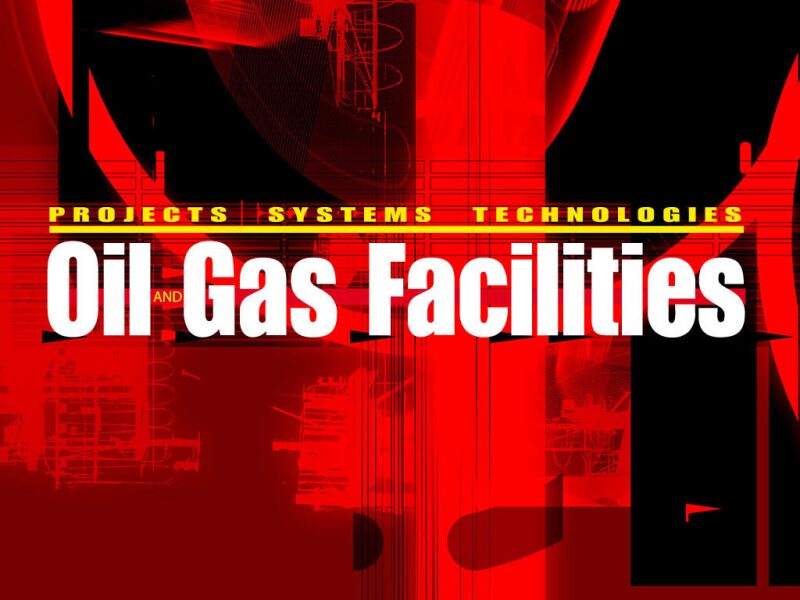This paper presents an overview of the development of fire- and blast-resistant walls for offshore installations and introduces a fourth generation, or type, of wall. This thoroughly tested and certified type was developed as a response to the continual quest to further optimize the cost and weight of offshore topsides, thus allowing operators and designers to accommodate more equipment and higher field yield.
Introduction
The design of offshore installations is based on a variety of factors. This paper aims to explain dominant design preferences in the industry and review the key criteria that should be considered in order to optimize fire- and blast-resistant wall designs, with the hope that this may facilitate further wall optimization based on specific performance requirements. The intention of the paper is to provide the professionals who consider fire- and blast-wall designs for offshore installations with an objective viewpoint, allowing them to improve design for additional weight and cost savings.
Design Background
It was not long in the evolution of offshore drilling that companies began to choose steel over wooden drilling structures, recognizing the metal’s greater structural capabilities for rigs and its lower costs over the life of the well.


